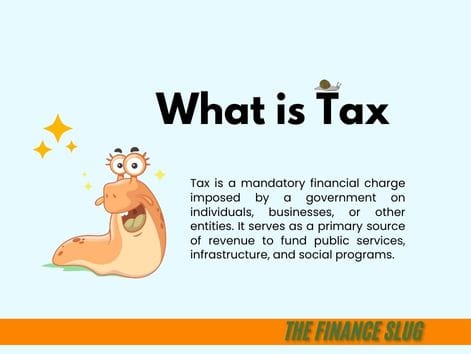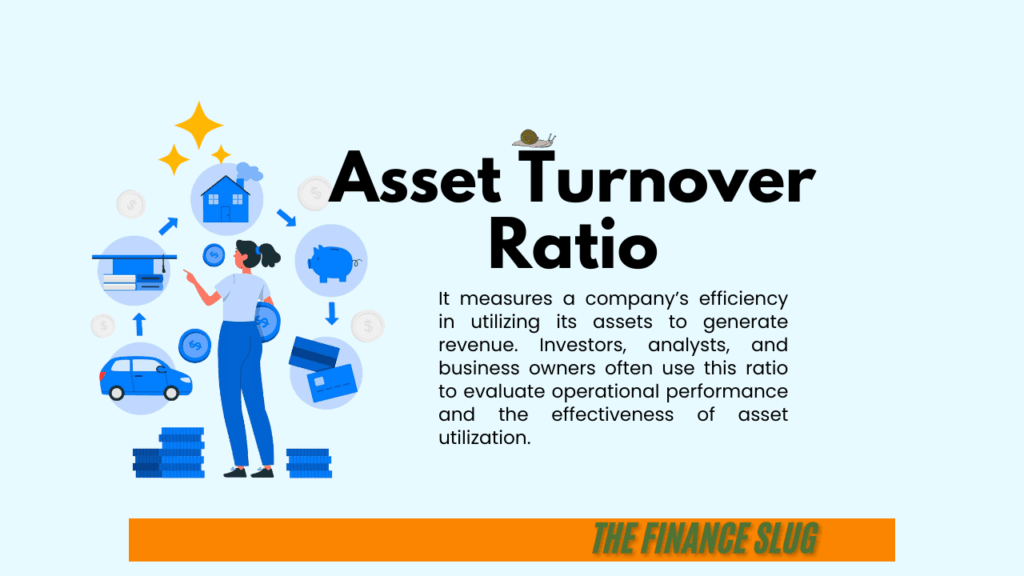What is Tax?. Taxes are essential to running a country. They are mandatory payments made to governments by individuals and businesses. These payments fund services like healthcare, education, and infrastructure. Without taxes, governments couldn’t provide public goods or maintain national security.
In this blog, we will explain taxes in detail. We’ll cover their importance, the types of taxes, and how they work. Let’s get started!
Why Do We Need Taxes?
Taxes are vital for society. They help fund services that benefit everyone. Public services like schools, hospitals, and roads are supported by taxes. They also ensure economic stability and reduce inequality.
Here’s why taxes matter:
- Provide Public Services
Taxes fund schools, public transport, and healthcare systems. They improve the quality of life for all citizens. - Build Infrastructure
Roads, bridges, and airports are built using tax money. This helps businesses and boosts the economy. - Support Social Programs
Taxes pay for pensions, unemployment benefits, and housing support. They help the underprivileged. - Ensure Security
Police, military, and emergency services depend on tax revenues to keep us safe. - Promote Equality
Through progressive tax systems, wealthier individuals pay more. This helps reduce the wealth gap.
Types of Taxes
There are two main types of taxes: direct taxes and indirect taxes. Each plays a unique role in how governments collect revenue.
1. Direct Taxes
Direct taxes are paid directly by individuals or businesses to the government. These taxes cannot be transferred to someone else.
Examples of Direct Taxes
- Income Tax
- Paid on salaries, wages, or business profits.
- Higher earners pay more under progressive tax systems.
- Corporate Tax
- Companies pay this tax on their profits.
- It encourages transparency in business operations.
- Property Tax
- Charged on real estate owned by individuals or businesses.
- Funds local services like schools and sanitation.
- Capital Gains Tax
- Applied to profits from selling assets like stocks or houses.
- Encourages long-term investments.
- Wealth Tax
- Paid on total assets owned, such as cash, real estate, or investments.
- Targets high-net-worth individuals.
Advantages of Direct Taxes
- Fairness: People with higher incomes pay more.
- Transparency: Taxpayers know what they owe and why.
- Stable Revenue: Provides consistent funding for essential services.
Challenges of Direct Taxes
- Complex Rules: Tax laws can confuse many taxpayers.
- Evasion Issues: Some people find ways to avoid paying their share.
2. Indirect Taxes
Indirect taxes are applied to goods and services. Consumers pay these taxes when they buy products. The seller collects the tax and sends it to the government.
Examples of Indirect Taxes
- Goods and Services Tax (GST)
- A single tax applied at each stage of production.
- Makes taxation transparent and straightforward.
- Sales Tax
- Added to the cost of goods at the point of sale.
- Easy to calculate and collect.
- Customs Duty
- Imposed on imported goods.
- Protects local industries from foreign competition.
- Excise Tax
- Charged on specific goods like fuel, alcohol, and tobacco.
- Regulates the use of harmful products.
- Value-Added Tax (VAT)
- Similar to GST, applied at different production stages.
- The consumer pays the full amount.
Advantages of Indirect Taxes
- Convenience: Paid as part of the purchase price.
- Broad Base: Everyone who buys goods contributes.
- Saves Income: Indirect taxes don’t affect earnings directly.
Challenges of Indirect Taxes
- Burden on the Poor: Low-income groups spend more of their earnings on goods, making these taxes harder on them.
- Hidden Costs: Consumers may not realize how much tax they’re paying.
Differences Between Direct and Indirect Taxes
| Feature | Direct Taxes | Indirect Taxes |
|---|---|---|
| Who Pays? | Individuals or businesses | Consumers |
| Collected By | Government directly | Businesses at the point of sale |
| Examples | Income tax, property tax | GST, customs duty, sales tax |
| Impact | Targets income earners | Targets consumers of goods |
How Do Taxes Work?
Governments use different methods to collect taxes:
- Income Deductions
Employers deduct income tax from salaries and send it to the government. - Self-Reporting
People and businesses file tax returns annually to report earnings. - Point-of-Sale Collection
Sellers add GST or VAT to product prices and pass it to the government. - Annual Bills
Property taxes are billed yearly based on property value.
How Taxes Benefit Society
Taxes improve lives in many ways:
- Public Infrastructure
Roads, railways, and airports are built with tax funds. This boosts economic activity. - Free Healthcare and Education
Taxes help provide affordable healthcare and education for everyone. - Welfare Programs
Low-income families get support through housing, food, and other subsidies. - National Defense
Police, military, and emergency services are funded through taxes.
The Future of Taxes
As economies grow, tax systems also evolve:
- Digital Taxes
Online platforms and e-commerce companies now face new taxes. - Green Taxes
Governments tax carbon emissions and promote eco-friendly initiatives. - Simplified Filing
Automation and online tools make tax filing easier for everyone. - Blockchain in Taxation
Blockchain technology can ensure transparency and secure tax processes.

Conclusion
Taxes are more than just payments—they are contributions to society. Direct taxes focus on income and wealth, ensuring fairness. Indirect taxes apply to goods and services, funding public needs while involving everyone.
Understanding how taxes work helps us appreciate their importance. By paying taxes, we all contribute to the growth and development of our nation.
Taxes are the price we pay for a better future. Make them count!


Pingback: What is Ad Valorem Tax? Meaning, History and Examples
Pingback: What Is Ratio Analysis? A Complete Guide - The Finance slug
Pingback: Child Tax Credit: How to Claim It and How It Works
Pingback: W-9 Form Explained: Who Needs It and How to Fill It
Pingback: What is a 401(k): Contributions, Plans and Benefits
Pingback: VTSAX vs VTI: Which One’s the Better Fit for Your Portfolio?
Pingback: Accounting Methods: Accrual vs Cash Accounting - FinanceSlug
Pingback: Child Tax Credit 2025: What Families Should Expect
Pingback: Know the Tax Extension Deadline 2025: Avoid Late Penalties
Pingback: Ability to Pay Principle: How It Benefits Society in 2025